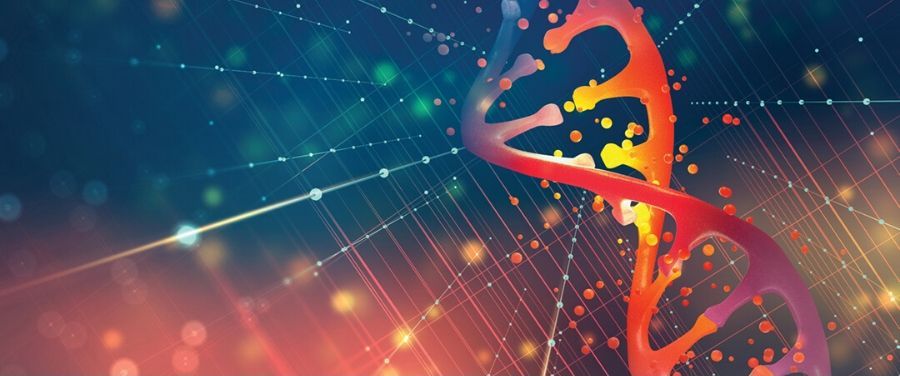Advances in science have been since mankind’s early existence. Medical therapies have experienced advancement in the type of choices practiced for ailments in human body’s cure. The latest advancement in science is using “STEM CELLS” for recovery of health.
WHAT ARE STEM CELLS?
Stem cells are the cells that don’t have any specific role and can become almost any cell that is required. As the human body needs, these cells turn into specific cells. Stem cells term pertains to the human embryo that has a capacity within an adult body. There’s also another form of stem cell that is a certain cell found in each adult or a young child.
This stem cell is assumed to be capable of creating. Whilst the later kind of stem cell i.e. cells from adults raise the cells acquired from human embryo to any issues.
Men are suffering since the advent of humanity from many types of ailments and this is a cause of excellent distress for a lot of people who assaulted by some health hazard that was incurable.
The typical diseases being cancer, the Alzheimer’s disease disorder, the Parkinson’s disorder or so on. Even life taking issues are being recommended to be potential to be healed by the stem cell theory. Therefore, individuals in the arena of medical field strongly support that the researches based on stem mobile concept. Stem cell advancement is a light of hope for individuals suffering from diseases which were assumed to be incurable.
Doctors and scientists are interested in stem cells as they help to explain how some functions of the body work, and how they sometimes go wrong. Stem cells are able to treat some diseases that currently have no cure and treatments. In adult organisms, stem and progenitor cells act as a repair system for the human body, replenishing adult tissues.
TYPES OF STEM CELLS:
According to the potential to differentiate into other types of cells, stem cells are categorized as —
1. Totipotent:
Totipotent stem cells can differentiate into all possible cell types. First few cells that appear as the zygote starts to divide are totipotent.
2. Pluripotent:
Pluripotent stem cells can turn into almost any cell. Cells from the early embryo are pluripotent.
3. Multipotent:
Multipotent stem cells can differentiate into a closely related family of cells. Adult hematopoietic stem cells, for ex., can become red blood cells and white blood cells or platelets.
4. Oligopotent:
Oligopotent stem cells can differentiate into a few different cell types. Adult lymphoid or myeloid stem cells can do this.
5. Unipotent:
Unipotent stem cells can only produce cells of one kind, which is their own type. However, they are still stem cells because they can renew themselves. Examples include adult muscle stem cells. Embryonic stem cells are considered pluripotent instead of totipotent because they can’t become the part of extra-embryonic membranes or placenta.
USES OF STEM CELLS:
With the right stimulation, many stem cells can take on the role of any type of cell, and they can regenerate damaged tissue, under the right conditions. This potential could save lives, repair tissue damage and wounds in people after an injury or illness. Scientists see many possible uses for stem cells —
- Tissue Regeneration
- Brain Disease Treatment
- Cardiovascular Disease Treatment
- Blood Disease Treatments
- Cell Deficiency Therapy
CONTROVERSIES:
Medical scientists have done experiments to almost establish that the fact that fertilized embryos of the source may be utilized for effective treatment of diseases wherein the present damaged cells in any individual’s body were incapable of regenerating themselves. Whilst the possible treatments by stem cells has been great news, but its source from a fertilized human embryo has resulted in hot debates in people of different opinions. A fertilized embryo is frequently referred to as a living being and collecting it for the aim of medical use leads to an end of embryonic life.
Therefore it raises a question of ethics which should one life be sacrificed for saving another. Many individuals especially certain religious organization and the Catholics stand instead of this kind of medical research and have boycotted it since it is beginning. But for all those who’re in favor of breeding stem cells defend saying that such experiments were carried on embryos which were never meant to grow into humans.
Several couples seeking fertility treatment left several fertilized embryos from the labs of which at max just one designed to be fit for transplanting into woman body just those unused source of fertilized embryos were used for that the aim of research.
RELATED ARTICLES:
